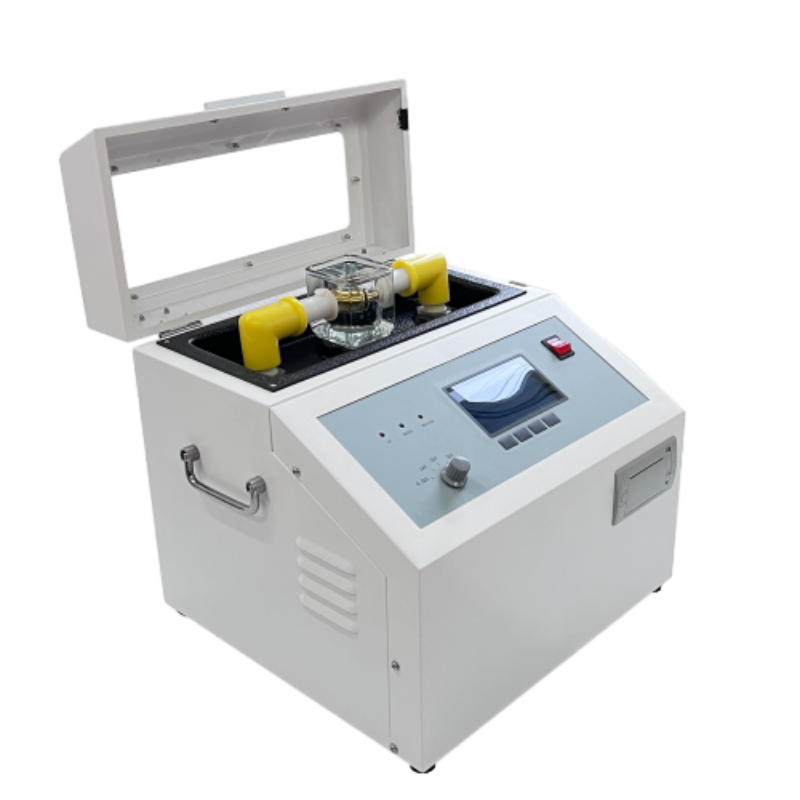 English
English


Testing Procedures for the Commissioning of Power Transformers
Power Transformer Commissioning Tests Ensuring Reliability and Performance
Power transformers are critical components in electrical power systems, as they facilitate the efficient transmission and distribution of electricity. To ensure their optimal operation and longevity, it is essential to conduct various commissioning tests prior to their full deployment. These tests verify the transformer's functional integrity, performance characteristics, and overall reliability. This article outlines the key commissioning tests for power transformers, emphasizing their significance in the initial phase of transformer operation.
Importance of Commissioning Tests
Commissioning tests are crucial for several reasons. Firstly, they help detect any manufacturing defects or installation issues that could impact performance. Secondly, they confirm that the transformer complies with the specified operational parameters and standards. Finally, these tests provide a benchmark against which future performance can be assessed, ensuring that any degradation can be identified early in the operational life of the transformer.
Key Commissioning Tests
1. Insulation Resistance Testing One of the primary tests conducted is the insulation resistance test, which measures the integrity of the insulation materials. A megohmmeter is used to apply a high voltage across the insulation layers. The results indicate whether the insulation can withstand the high voltages encountered during operation without breaking down. High resistance values typically indicate good insulation quality.
2. Transformer Turns Ratio (TTR) Testing This test assesses the turns ratio of the primary and secondary windings of the transformer. A proper turns ratio ensures the transformer steps voltage up or down accurately. By measuring the voltage ratios and comparing them to the expected values, engineers can detect winding faults or incorrect connections.
3. Power Factor Testing Power factor tests help determine the condition of the insulation system. This test involves applying an AC voltage to the transformer and measuring the resultant current. A lower power factor may indicate hydration in the insulation or other deterioration, unveiling potential issues before the transformer enters service.
power transformer commissioning tests

4. Winding Resistance Testing Winding resistance tests measure the resistance of each winding to ensure it is within acceptable limits. High resistance values can indicate problems such as loose connections or damaged windings. This test is crucial for assessing contact resistance in the transformer connections.
5. Frequency Response Analysis (FRA) FRA is a sophisticated test used to determine the mechanical integrity of transformers. It compares the frequency response of the transformer’s windings before and after installation. Variations in the frequency response can indicate issues such as winding displacement or deformation, potentially leading to failures.
6. Circuit Breaker and Relay Function Tests While not exclusive to the transformer itself, testing associated circuit breakers and protective relays is vital. These devices ensure the transformer operates safely by disconnecting it from the system in fault conditions. Commissioning tests verify their functionality, coordination, and response times under simulated fault conditions.
7. Dynamic Thermal Rating (DTR) Testing This test determines the operational limits of the transformer under varying loading conditions. By simulating load conditions and measuring the temperature rise, engineers can establish a dynamic thermal profile, ensuring that the transformer can handle daily fluctuations without exceeding design specifications.
8. Cooling System Testing The cooling system is critical for the transformer’s performance and longevity. Tests are conducted to assess the efficiency of the cooling oil systems, including flow rates and temperature distributions. Ensuring that the cooling system operates effectively is paramount to preventing overheating.
Conclusion
The commissioning of power transformers is a vital phase in ensuring the reliability and longevity of these essential components in electrical networks. By adhering to rigorous testing protocols, utility companies can confirm that transformers meet operational standards and are fit for service. These commissioning tests not only detect potential issues before they escalate but also provide a foundation for future maintenance and monitoring. Ultimately, thorough commissioning enhances overall system reliability and contributes to the sustainable delivery of electrical power to consumers. As power demand grows, the importance of these tests will continue to escalate, ensuring that transformers operate efficiently in an increasingly complex electrical grid.
-
Differences between open cup flash point tester and closed cup flash point testerNewsOct.31,2024
-
The Reliable Load Tap ChangerNewsOct.23,2024
-
The Essential Guide to Hipot TestersNewsOct.23,2024
-
The Digital Insulation TesterNewsOct.23,2024
-
The Best Earth Loop Impedance Tester for SaleNewsOct.23,2024
-
Tan Delta Tester--The Essential Tool for Electrical Insulation TestingNewsOct.23,2024





